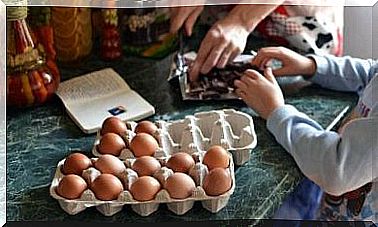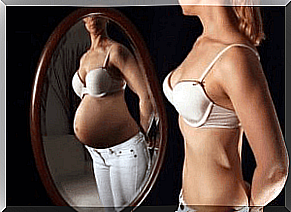Recommended Amount Of Milk According To The Baby’s Age – Being Parents
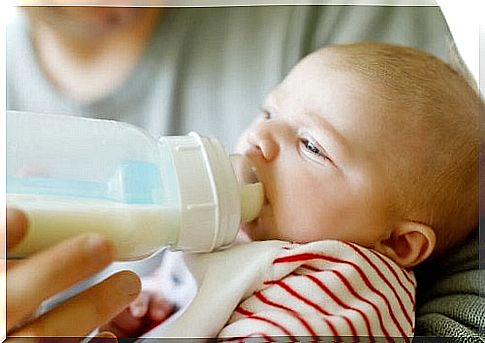
If you are formula-feeding or bottle-feeding your baby, you may know the recommended amount of milk based on the baby’s age. Although there is a standard amount for each month of life, it can vary from baby to baby.
The amount of breast milk according to your child’s age
During the first six months, it is advisable to breastfeed your child. Unless you give her your milk from a bottle, the exact amount of breast milk is not specified. However, you can keep the following data in mind.
Usually one or both breasts empty completely during a feed. The feeding should last about 10 minutes, as the baby takes about 5 minutes to consume the milk and an additional 5 minutes to extract what is left of the milk. It is also considered that some children can breastfeed faster than others.
The recommended amount of milk based on the baby’s age
If you are an adoptive mother or if you cannot breastfeed for medical reasons, the formula is your best ally. However, if he drinks breast milk from a bottle, you should also monitor how much he drinks.
During the first few weeks, it is important to feed the baby at will. That is, how much and how often your newborn will want it.
On the other hand, to as it grows, you need to control the amount of breast milk or infant formula in that it maintains a healthy weight. Therefore, it will be useful to know what are the amounts recommended by specialists:
For babies from 0 to 2 months
Typically, they consume between 60 and 120 ml per feed, at intervals of 3 to 4 hours. Some do it every 4 to 5 hours. If necessary, you can wake the baby to feed him.
Babies 3 to 6 months
During this step, the baby consume about 120 to 180 ml each time they eat. It is likely that her periods of sleep at night will be prolonged. Some even sleep through the night. If this is the case with your child, you should not wake him up to eat.
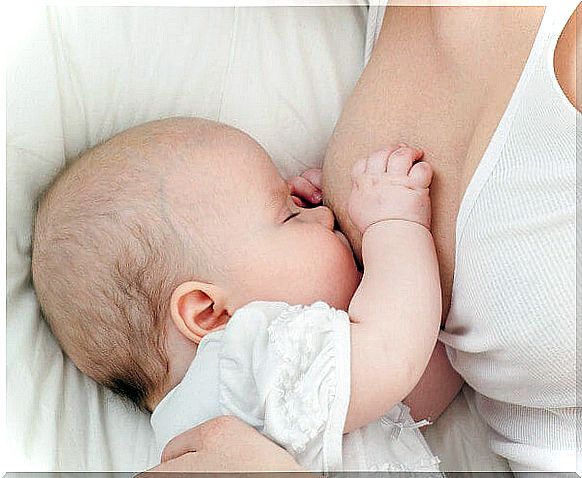
Feeds babies from 7 to 12 months
The baby can drink between 3 and 5 bottles a day, which is equivalent to 240 ml of milk each time you feed him. If he is already consuming other types of food, you may want to allow more time between meals to bottle feed him.
After 12 months, you can replace cow’s milk with formula with the permission of her pediatrician. The required amount of this milk can be 2 glasses per day. You can also supplement with yogurt or cheeses at meals.
How do you know if your baby is getting the right amount of milk?
You may see signs in your baby that you are giving him the recommended amount of milk for his age. One of the signs he’s been drinking milk is closing his mouth or turning his head when you bring him the bottle.
He may also fall asleep when he has finished eating. In this case, his body will look relaxed. Other clues: the number of times the child eats, the weight gain, the number of times he wets his diaper and stools. These should occur 3 to 4 times a day.
Presentation of infant formula
There are three types of presentation of this type of milk that many children need to get used to under different circumstances. Here they are :
- Ready to use. This milk is very practical, because it does not require preparation, although it is more expensive on the market.
- Liquid and concentrated. You need to mix liquid milk with equal amount of water.
- In powder. 60 ml of water are mixed with a spoonful of powdered milk. This milk is the most recommended, because it keeps longer after opening. In addition, it is the most economical.
- There are special infant formulas for children with special needs, such as formulas for reflux and others for premature or low birth weight babies. There are also special soy, hypoallergenic and other formulas for babies with heart disease.
These milks contain nutrients similar to breast milk. Therefore, they help to strengthen the immune system and the body’s defenses. They also contain minerals and vitamins.
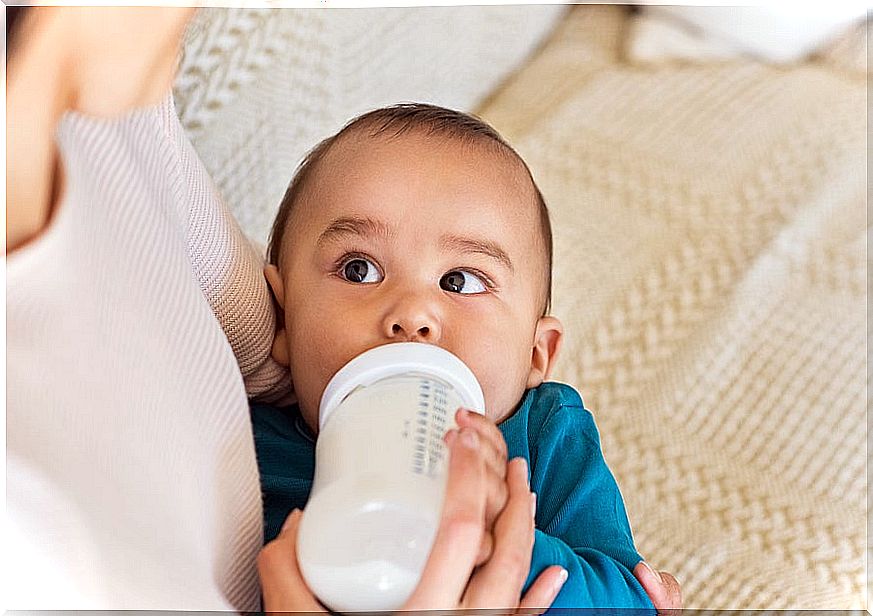
Symptoms of formula milk allergy
A red, rough rash on the face and anus is a sign of an allergy. The baby may also have diarrhea or have difficulty passing stools. In some cases, these saddles are few in number and very compact.
In other cases, the baby becomes irritated and cries after eating or vomits immediately after meals. Sometimes the little one shows discomfort when sleeping at night. If he has more than one of these symptoms, it is advisable to stop the milk and go to the pediatrician.
Giving your child the recommended amount of milk for their age is a top priority for parents. Therefore, try to be sufficiently informed and comply with the established parameters, always consulting the pediatrician.


